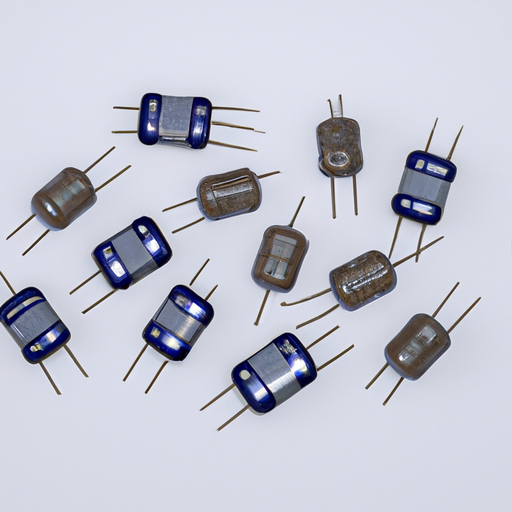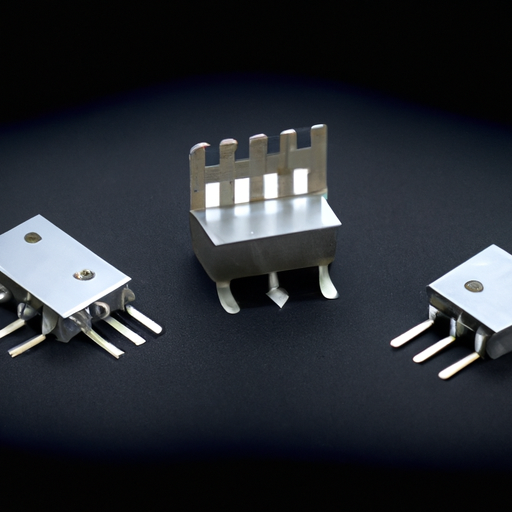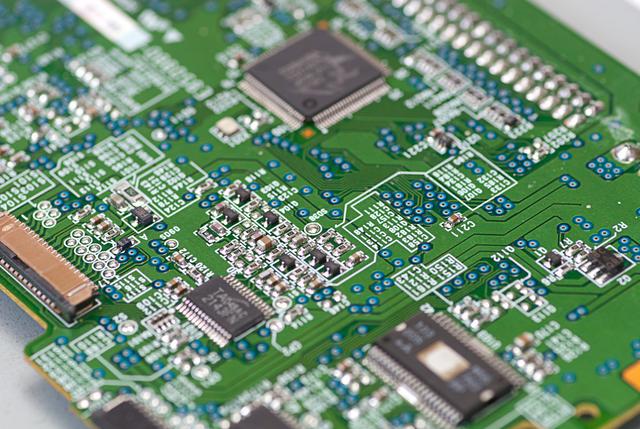A stock gain amplifier is a commonly used electronic component that amplifies the amplitude of an electrical signal. When choosing a stock gain amplifier, several factors need to be considered, including gain size, frequency response, input-output impedance, power consumption, etc. This article will detail how to choose a stock gain amplifier based on these aspects.

Secondly, frequency response is another factor to consider. The frequency response of a gain amplifier refers to the gain size at different frequencies. Different gain amplifiers may have different gain sizes at different frequencies, so it is necessary to choose a gain amplifier with a suitable frequency response based on specific application requirements. Generally, the frequency response of a gain amplifier should be as flat as possible to ensure stable gain across the entire frequency range.
In addition, input-output impedance is also an important consideration when choosing a stock gain amplifier. Input-output impedance refers to the impedance at the input and output ends of the gain amplifier. The size of the input-output impedance will affect the matching between the gain amplifier and other circuits, so a gain amplifier with suitable input-output impedance should be selected. Generally, the input-output impedance should match other circuits as much as possible to reduce signal loss during transmission.
Lastly, power consumption is also an important factor when choosing a stock gain amplifier. Power consumption refers to the amount of energy consumed by the gain amplifier during operation. The higher the power consumption, the greater the heat generated by the gain amplifier, which may affect the stability of the entire circuit. Therefore, a gain amplifier with lower power consumption should be chosen to ensure the stability and reliability of the entire circuit.
In conclusion, when choosing a stock gain amplifier, it is necessary to consider factors such as gain size, frequency response, input-output impedance, and power consumption. When selecting a gain amplifier, the appropriate parameters should be determined based on specific application requirements to ensure the performance and stability of the entire circuit. We hope this article has been helpful in choosing a stock gain amplifier.
A stock gain amplifier is a commonly used electronic component that amplifies the amplitude of an electrical signal. When choosing a stock gain amplifier, several factors need to be considered, including gain size, frequency response, input-output impedance, power consumption, etc. This article will detail how to choose a stock gain amplifier based on these aspects.

Secondly, frequency response is another factor to consider. The frequency response of a gain amplifier refers to the gain size at different frequencies. Different gain amplifiers may have different gain sizes at different frequencies, so it is necessary to choose a gain amplifier with a suitable frequency response based on specific application requirements. Generally, the frequency response of a gain amplifier should be as flat as possible to ensure stable gain across the entire frequency range.
In addition, input-output impedance is also an important consideration when choosing a stock gain amplifier. Input-output impedance refers to the impedance at the input and output ends of the gain amplifier. The size of the input-output impedance will affect the matching between the gain amplifier and other circuits, so a gain amplifier with suitable input-output impedance should be selected. Generally, the input-output impedance should match other circuits as much as possible to reduce signal loss during transmission.
Lastly, power consumption is also an important factor when choosing a stock gain amplifier. Power consumption refers to the amount of energy consumed by the gain amplifier during operation. The higher the power consumption, the greater the heat generated by the gain amplifier, which may affect the stability of the entire circuit. Therefore, a gain amplifier with lower power consumption should be chosen to ensure the stability and reliability of the entire circuit.
In conclusion, when choosing a stock gain amplifier, it is necessary to consider factors such as gain size, frequency response, input-output impedance, and power consumption. When selecting a gain amplifier, the appropriate parameters should be determined based on specific application requirements to ensure the performance and stability of the entire circuit. We hope this article has been helpful in choosing a stock gain amplifier.












